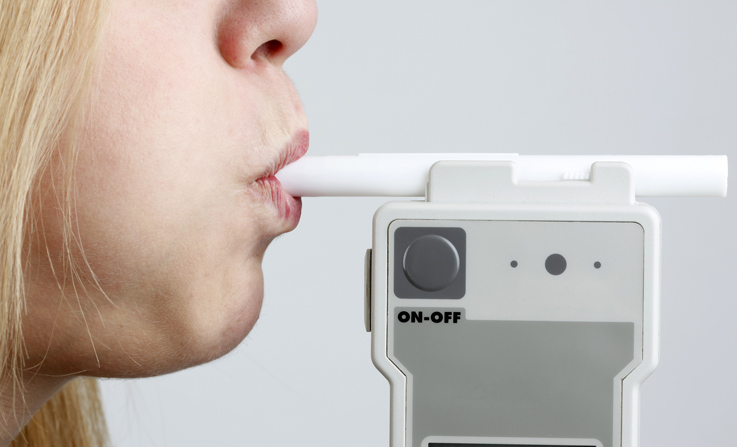Employers may not always realise that they have a legal duty to protect employees with alcohol and drugs issues. As well as being in the interests of employees, dealing fairly with those who abuse drugs and alcohol ultimately helps businesses.
Latest statistics show that workplaces suffer a huge hit in productivity through alcohol-related problems. The Institute of Alcohol Studies states that alcohol abuse costs businesses in England alone more than £5 billion every year! This is through employees missing work or being less productive.
And rather than giving someone a dressing down, the best way is to support employees with alcohol and drugs issues. There are many reasons why people turn to drink and drugs. But both alcohol and narcotics are addictive. And what starts out as a little drink or experiment can spiral out of control.
Figures show that almost a quarter of the UK’s population is drinking at levels that increase risk of experiencing alcohol-related harm.
Excessive alcohol consumption can lead to headaches, sleepless nights and feeling unwell. These all affect the workplace, both in behaviour and productivity. But there is also the increased risk of accidents. And in some environments, such incidents could be serious if not fatal.
How to help employees with alcohol and drugs issues
If you’re asked to think of a typical person with alcohol and drugs issues, you might envisage someone out of work or even a homeless person. But official statistics show that employed people are more likely to drink heavily than those who are out of work.
And those who work in managerial or professional occupations are the most likely to have drink problems. The ONS data shows that 36% of staff in management report heavy drinking. Those surveyed say that they drink to cope with the added stress.
So, what can employers do to help employees with alcohol and drugs issues?
As well as having a legal duty, helping someone through drug and alcohol abuse can be life changing for everyone. Here, we offer some measures you can take.
Develop a workplace drug and alcohol policy
Having an agreed policy about alcohol and drug misuse that applies to all staff can be a great benefit for any size of organisation. This should be part of your company’s overall health and safety policy. Check to make sure it is included.
One of the most helpful benefits of a written drugs and alcohol policy is that it leaves less room for misunderstanding. If you don’t already have such a policy, then don’t just impose one. Gaining support from your employees through consultation will help staff feel that they have been part of the overall process.
Also, speak to trade unions or other representative bodies before implementing any policies.
Keep it confidential
Employees are more likely to speak to employers about drug or alcohol problems if they can trust them. This should form part of your policy. If they know you won’t broadcast their problems it makes managing the situation easier.
But you must also make employees aware that you also have a legal obligation to all of your team. So, if their activity is putting others at risk, you may need to take steps for everyone’s safety. For example, you may need to speak to an employee’s direct manager confidentially to help monitor the situation.
Speaking to experts, such as our experienced team, before starting any consultation process will ensure your policy doesn’t compromise your legal position.
Voluntary screening
Many companies use alcohol or drug screening and testing. Legally, employers need consent to test for drugs and alcohol. Screening should be part of your drug and alcohol policy and within contracts and your staff handbook. Ensure tests are random and do not single out any employees, unless it is justified by the nature of the job. For example, if you run a manufacturing business, you may test machine operators more often than someone who is office-based. This ensures you are not putting everyone within the production facility at risk.
Screening can be used in various ways including:
- Part of a selection process
- After an incident or accident where evidence of drinking or drug taking violates company regulations
- To monitor any employees who report for work with alcohol in their bloodstream
Next steps
If you want help with developing a workplace drug and alcohol policy, we can help. shrewd HR also offers alcohol and drug screening. So contact us today for more information.

